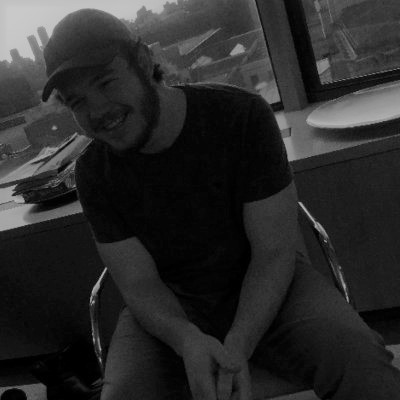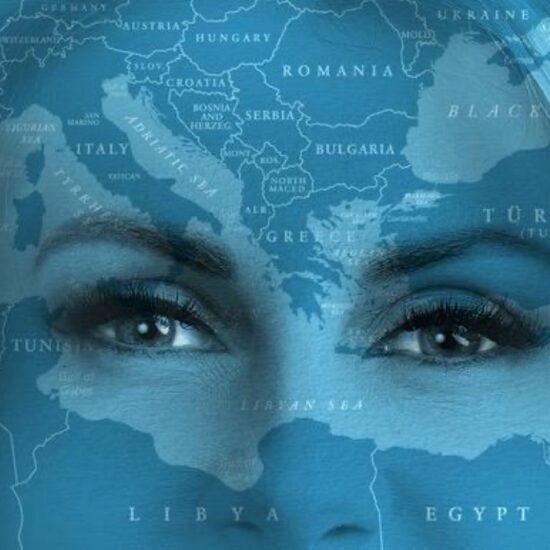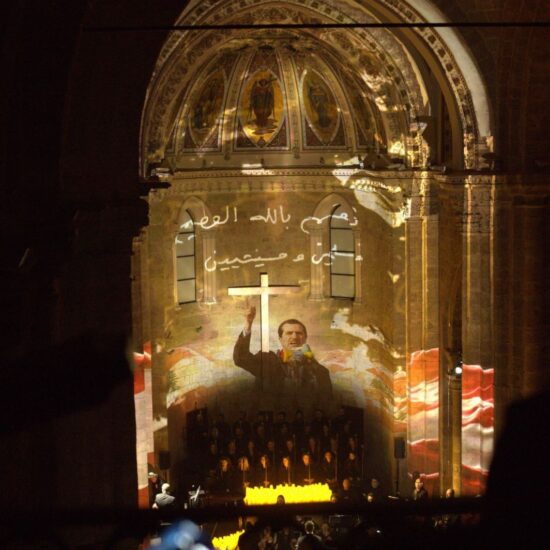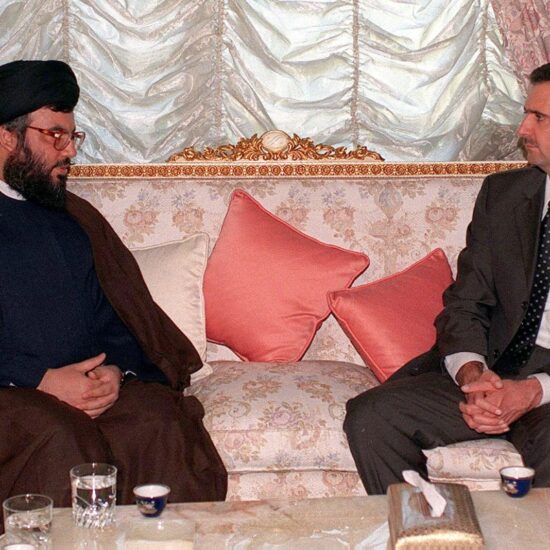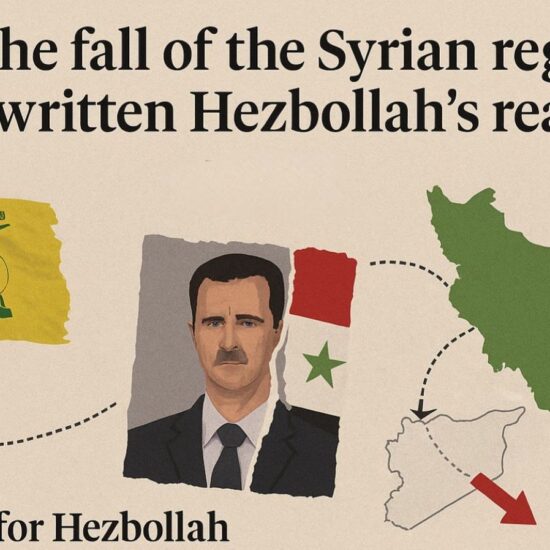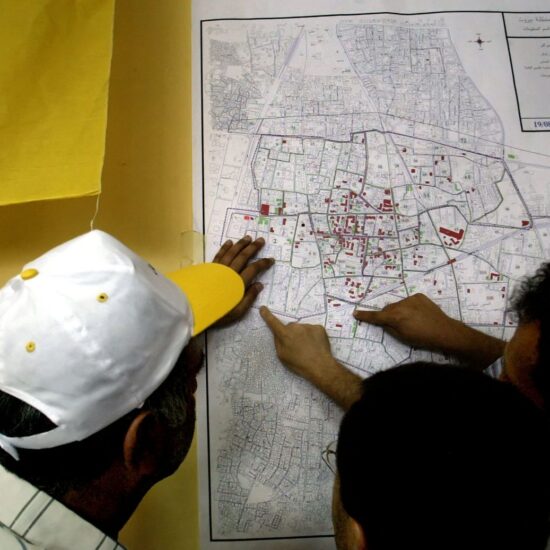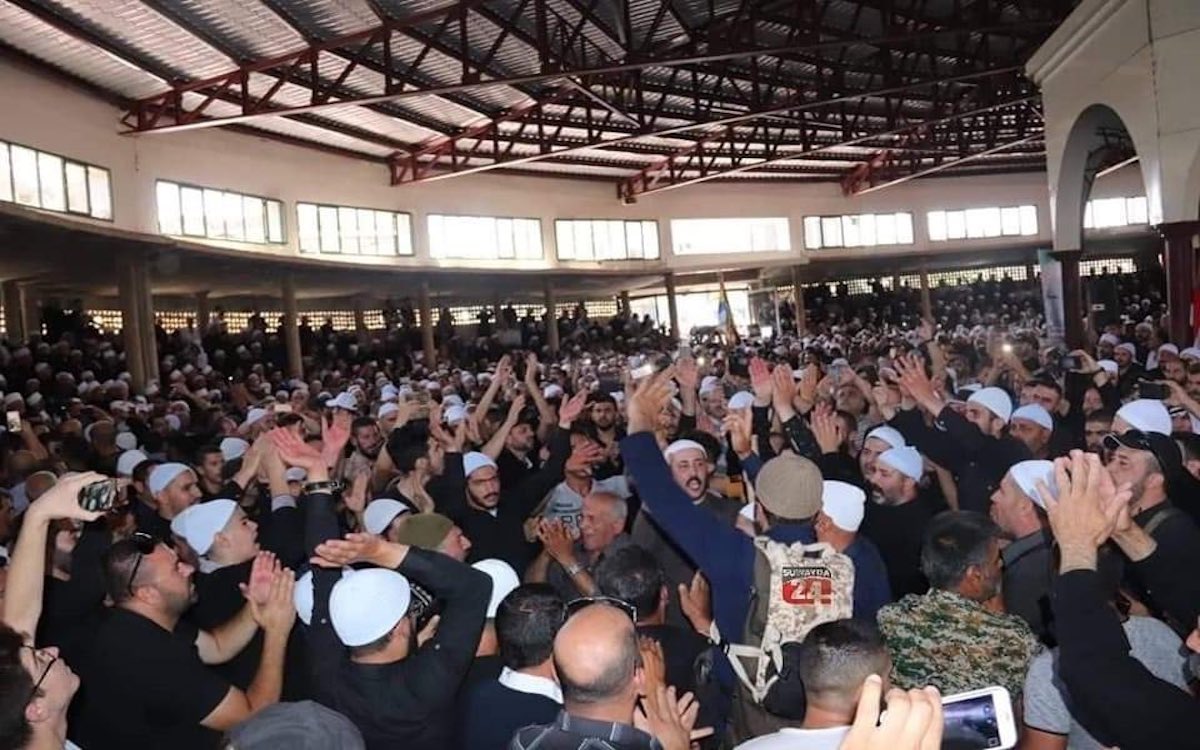
In recent days, tensions in Syria’s south have begun to boil over as the government threatens to launch a military operation in Daraa and violent clashes have broken out in neighboring Suwayda.
Since the revolution began in Syria in 2011, the south has been plagued by local conflict and security instability.
As Syria’s revolution transitioned into civil war, the state receded from many areas of the country, and the south became a hotbed of militant and insurgent activity.
Compounding the security situation, southern Syria lies on the crossroads between Syria, Jordan, and the Israeli-occupied Golan Heights, making it a highly geostrategic area.
After over 11 years, security has still not returned to southern Syria, and a status quo of instability, violence, and crime continues to wreak havoc on the lives of those residing in the area.
Analysts say that, in many ways, the security instability in Daraa and Suwayda is manufactured to divide the region, and that conflict between the people of Daraa and Suwayda should not be viewed through an essentializing sectarian lens.
The utility of mediation
Before the revolution, Daraa and Suwayda were a relatively quiet part of Syria.
Demographically speaking, Daraa is mainly Sunni while Suwayda is mainly Druze. However, Christians, Shiites, and Alawites can also be found throughout the region, and they were well-integrated with their neighbors until the war came to the south and dissolved the area’s social fabric.
Local conflicts in the area have occurred for some time, but, as Moudar Al Debis, a Syrian researcher and politician, pointed out, local conflicts tended to fall on tribal or social lines instead of ethno-sectarian divisions.
“I don’t really believe that historically there was a conflict between the mountain [Suwayda] and the people of Daraa,” Al Debis told NOW.
“We used to see a conflict which related to a tribal sort of conflict, and because these conflicts also used to happen within the mountain of Suwayda itself… between the Druze themselves… The main conflict… is the conflict between the people who work in agriculture, who have their own fields,… and [herders],” he continued.
Conflict in the south could be defined as one between landowners and herders, whose animals may wander onto farms and destroy crops.
These conflicts would also be mediated in a localized way. Outside of state institutions, local notables acted (and still do) as mediators to resolve local conflicts between tribes or individuals.
As Al Debis pointed out, Sultan al-Atrash, who led a revolt against the French mandate in the 1920s, would often hold court at his house to mediate disputes among people from Daraa and Suwayda.
The long war
Daraa is considered by many to be the “cradle” of the Syrian revolution, as the region was one of the first parts of Syria to openly rebel against the longtime rule of the Assad family.
Shortly after the onset of large protests, the government besieged Daraa city, killing hundreds in the process.
By 2012, armed groups had begun operating throughout Daraa, and began securing parts of the Jordanian border, allowing Jordan to supply the rebels with arms.
As the war escalated, around half of the Daraa governorate came under rebel control, with the government only holding the northern half of Daraa city and the main road to Damascus.
As the largely Sunni Daraa took up arms against the regime, the people of Suwayda were far more apprehensive toward the revolution.
Iran has a plan for Suwayda. One of those plans is smuggling… [and] now they’re manufacturing also in Suwayda… They are very stubborn to keep Suwayda under their influence and under Hezbollah influence, and I believe they’ve paid a lot of money for that… Also they tried their best, but they couldn’t succeed in this part, to spread Shi’a in Suwayda.
Though many in Suwayda were sympathetic to the plight of their countrymen in the plains and even offered refuge to those fleeing the fighting in Daraa, overall, the Druze community tried to stay neutral in the conflict.
Mazen Ezzi, a journalist and researcher at (WPCS) Middle East Direction Programme, explained that even though Suwayda was a somewhat neutral area, there was still cooperation between it and Daraa.
“Suwayda was the main road for smuggling food, medicine, and fuel to Daraa, while Daraa was the main road to smuggling arms to Suwayda,” Ezzi told NOW.
As the war became more brutal and the sectarian nature of the conflict more apparent, tensions between Daraa and Suwayda, and consequently between Sunni and Druze, became more frequent.
At the same time, many people in Suwayda grew more resentful of the regime, and, in 2014, there was violence directed against the government due to its policy of forced conscription in the area.
The government’s strategy throughout the war had been to weaponize sectarian divisions between Syria’s minority communities and their Sunni countrymen, and the south was no exception.
This effect was compounded by the growth of extremist groups, such as Jabhat al-Nusra, which came to dominate the armed opposition.
Though rebel factions in the south were generally more moderate and secular than their counterparts in northern and eastern Syria, Nusra still managed to gain a foothold in the area.
As Ezzi pointed out, it was Nusra who primarily engaged in sectarian attacks against the Druze in Suwayda, which only pushed the community toward the regime.
Things came to a head in 2015, when the rebels in Daraa advanced east into Suwayda as they attempted to capture the strategic Thaala air base.
This led some Druze militias to directly intervene on the side of the government.
However, Wahid Balous, a prominent Druze figure and leader of the Men of Dignity Movement (rijal al-karameh), called for Druze to avoid assisting the government.
Not long after, Balous was killed by a car bomb, which many believe was planted by the Syrian government.
With Russia’s direct intervention in 2015, the frontlines in the south became frozen until 2018, when the government recaptured all of Daraa in one large offensive backed by Russia and Iran.
Since then, the area has been rife with violence and security instability, creating the conditions for the most recent turmoil the area is experiencing.
A broke security network
The current situation in southern Syria is a direct result of how the government re-entered the area.
Due to Jordanian and Israeli objections, Russia deployed a mixed strategy that it had tested in other regions of Syria.
As the offensive began, rebels were given the option to “reconcile,” meaning essentially to switch sides and fight for the government, or leave the area for northern Syria.
Those who refused these options were forced to cede their heavy weapons and return to insurgent tactics.
The strategy also created a number of pockets throughout Daraa controlled by local groups where government forces do not have a concrete presence.
To fully grasp this loose patchwork of security networks, it is necessary to define all the factions that operate in the area.
What used to be the rebels in the area can be broken into a number of important factions:
Rebels who reconciled with the government and joined the Russian-backed 8th Brigade, which is based in the eastern Daraa town of Bosra and led by Ahmed al-Oda.
Rebels who reconciled with the government and began working for Syria’s intelligence services (the mukhabarat), primarily military security. These groups are also commonly associated with smuggling operations in western Daraa.
And rebels who did not join either group and continue to wage a low-intensity insurgency against the government. They are most active in western Daraa.
On the government side, there are also a number of factions operating in the area.
The 4th Armored Division, led by Bashar al-Assad’s brother, Maher, helps facilitate smuggling operations, usually using local proxies such as former rebels who joined military security and criminal gangs.
The National Defense Forces (NDF) is an Iranian-backed militia that works in coordination with 4th Division.
Hezbollah is also active in the area and has helped organize Shi’a militias in Daraa.
In Suwayda, there are Druze outfits that support the government, such as the Falhout gang, led by Raji Falhout, and the Movement of the Dawn Forces (haraket quat al-fajr). Falhout’s group is also associated with smuggling operations and captagon production. These two groups were the targets of recent clashes with the Men of Dignity.
Al Debis pointed out that pro-regime/Iran Druze groups in Suwayda, who he referred to as Shabiha, a name commonly used for pro-regime thugs and militias, were mainly from poor backgrounds and were generally monetarily incentivized. They also were told that they were protecting the Druze community from Salafists.
Suwayda’s primary Druze factions are the Men of Dignity and Sheiks of Dignity (mshayikh al-karameh), who work in coordination with each other and both have come into conflict with the regime’s intelligence apparatus in Suwayda. Al Debis, who had spoken to Wahid Balous in the years before his passing, told NOW that the Men of Dignity became far weaker after his death.
Finally, the Islamic State (IS), is also somewhat still present in the south, having captured territory in the Yarmouk basin in Daraa and parts of Suwayda before 2018. Its presence is often exaggerated, especially by the Syrian government, but IS elements are likely responsible for some assassinations that have occurred in Daraa.
These are not all the factions on the ground, but they are some of the most relevant in understanding southern Syria’s security situation.
The south is also one of the main theaters of Russian and Iranian competition in Syria. Though this competition is often exaggerated by some, who at times categorize it as a proxy conflict, in reality, Russia and Iran share many of the same goals in Syria, and most of their competition stems from vying for influence on the ground.
The general feeling of the people, even those who support the regime, but the general feeling about the unethical behavior of Iran and the regime, particularly this gang, which is led by Falhout, along with Captagon, along kidnapping and all these practices, they feel like its really [becoming] to much in terms that its totally unethical behavior.
This is most apparent in Daraa, where Russia has influence over the 8th Brigade in the eastern countryside and Iran has influence over the regime’s security apparatus in the western countryside.
Though Russia is not particularly involved in the drug trade, Iranian-backed units such as the 4th Division and NDF, among others, certainly are.
However, Ezzi was more skeptical of Iranian influence in the south, at least in Suwayda.
“In Suwayda… there is no direct Iranian involvement in the recent months,” he told NOW.
On the other hand, Al Debis was more convinced that Iran had an interest in expanding its influence in Suwayda.
“Iran has a plan for Suwayda. One of those plans is smuggling… [and] now they’re manufacturing also in Suwayda… They are very stubborn to keep Suwayda under their influence and under Hezbollah influence, and I believe they’ve paid a lot of money for that… Also they tried their best, but they couldn’t succeed in this part, to spread Shi’a in Suwayda,” Al Debis told NOW.
To Al Debis’s point, on July 27, a captagon manufacturing lab was found inside the headquarters of the Falhout gang, which is aligned with the regime’s military security agency.
Recent clashes and tensions
In the last week, tensions in southern Syria have become intense.
In Daraa, the government has sent reinforcements to the western countryside to put pressure on the towns that do not have a strong government presence, namely Tafas, Muzayrib, and al-Yadudah.
Such a move comes almost exactly a year after massive clashes occurred in Daraa between the opposition and the government.
Spearheaded by the 4th Division, government forces besieged Daraa al-Balad, a set of neighborhoods in the southern half of Daraa city, and opposition groups seized a number of checkpoints in the western and eastern countryside.
The government demanded that wanted men were to be handed over to the government and for opposition members to hand over their weapons.
Ultimately, Russia threatened the opposition that it would support a government operation if its demands were not met, and the opposition capitulated.
Nonetheless, the clashes did not lead to the end of the insurgency in Daraa, and the area is still flooded with weapons.
Indeed, the government shelled Tafas and al-Yadudah on the evening of July 27.
In Suwayda, massive protests led by the Men of Dignity broke out against the Falhout gang and the Dawn Forces, leading to their headquarters being attacked and Raji Falhout being detained.
Falhout was responsible for some recent kidnappings, which has led to anger within Suwayda.
In response to the clashes, Al Debis called the attacks against Falhout Balousian, in reference to the late leader of the Men of Dignity, who Al Debis considers to be a monumental figure in Suwayda for his charisma and strong character.
“The general feeling of the people, even those who support the regime, but the general feeling about the unethical behavior of Iran and the regime, particularly this gang, which is led by Falhout, along with Captagon, along kidnapping and all these practices, they feel like its really [becoming] to much in terms that its totally unethical behavior,” he told NOW.
“What’s going on in Suwayda now, is again another lesson that the Syrian layman… with no ideology… can do things when he decides to… In the case of Suwayda, it has been catalyzed by [this] Belousian phenomenon,” he continued.
These events pose a problem to the regime, as it now has to deal with crises in both Daraa and Suwayda.
With Russia’s attention drawn to Ukraine, Iran may have more legroom to advance its interests in both governorates, but the regime will likely need to find a replacement for Falhout and the Dawn Forces.
It is important to note that there are other pro-regime gangs operating in Suwayda, as Falhout and the Dawn Forces are only primarily active in areas just north of Suwayda city.
It is still quite unclear how the situation will develop in the coming weeks, and local mediation may be used to resolve some issues, at least in Suwayda.
In Daraa, it would likely take at least a few weeks for the government to build up its forces in the area, and considering that the army released a statement saying that it would counter Turkish attacks in northern Syria, government forces may not be in a good position for a build-up in the south.
As always, events in Syria are opaque, uncertain, and highly disagreed upon. Continued instability in the south is near certain, but the details of the coming weeks remain unclear.
David Isaly is a journalist and researcher with @NOW_leb. He tweets @DEyesalli.


